Power locks are one of the significant security features in a car. However, like all other car components, power-door locks are prone to malfunctions, thus affecting their effectiveness and ultimate function. Imagine trying to get into your car to work, or you just got out of the car after a long trip, only to realize that the door lock isn’t working. Indeed, such a situation can be pretty stressful.
Let’s explore how a power door lock works, what causes it to stop, and what you can do if it happens.
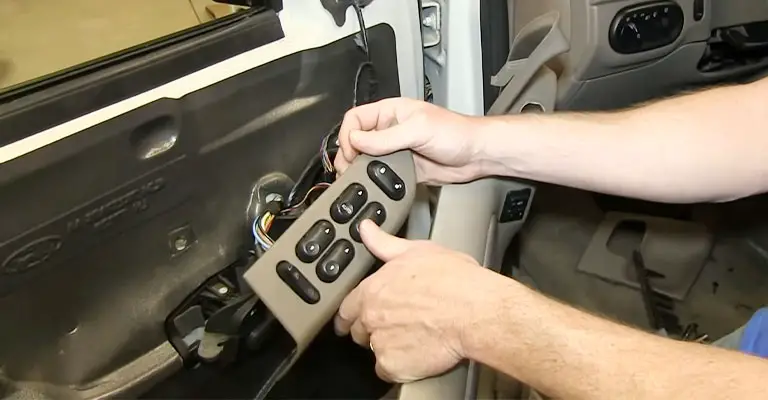
What is a power door lock, and how does it work?
A power door lock is a kind of lock in a car that allows the driver or the front passenger to simultaneously lock and unlock all doors in a car with the push of a button. It’s also called an electric door lock or central locking.
How does it work anyway? It uses electric motors to engage and disengage a car’s door locks. All it takes is to press the lock/unlock button to send a relay signal to the power lock actuator. Then the actuator uses a series of gears to lock or unlock the door(s).
Usually, the lock and unlock buttons are located on the key fob, door panel, or console-mounted buttons/switches. Additionally, for some cars, you have the same feature on a smartphone app to enable you to lock and unlock a vehicle remotely.
What Causes Power Door Locks to Stop Working?
Below are common issues that cause power door locks to stop working:
Blown fuses
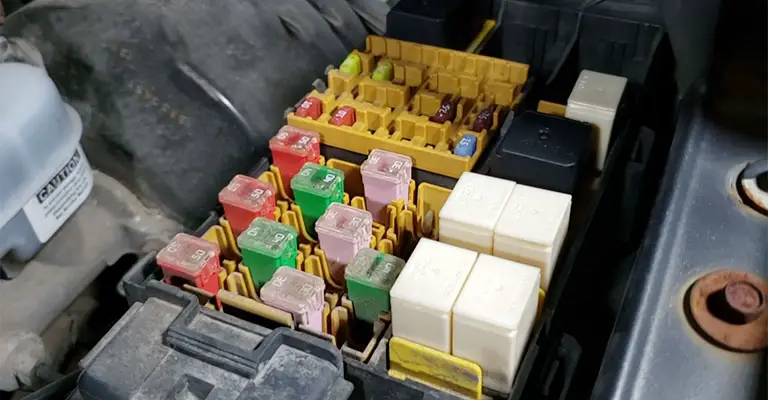
Usually, a power locking system is connected to the car’s electrical system for power. Therefore, fuses create overcurrent protection against the power locking system (it prevents circuits or other electrical damage).
A blown fuse usually produces a burning smell or makes a sound upon shaking. It may also appear disconnected. As a result, electrical currents aren’t passed to the door lock actuator.
A faulty actuator
The actuator is the actual component that controls the lock of your power door lock system. Therefore, a malfunction in the actuator affects the entire system and stops your power door locks from working.
Signs of a faulty door lock actuator include unusual noises and sluggishness while operating the power lock,
A faulty key fob and its battery
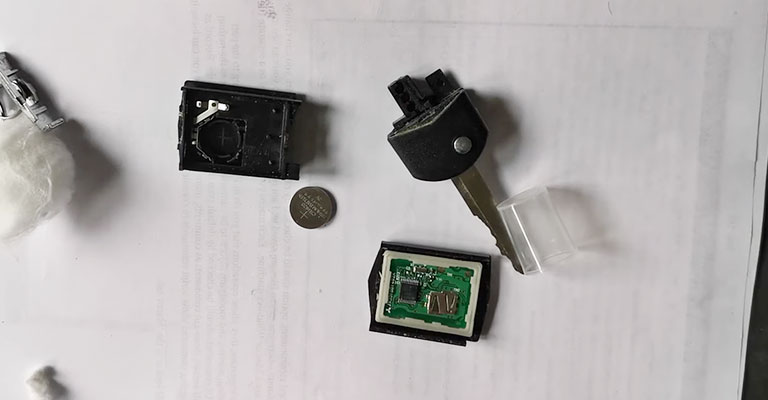
If your key fob’s button isn’t sending a signal to power locks, but your door lock button/switches in the car are functioning, it’s a sign that your key fob or its battery is faulty. Sometimes, you don’t have to stress about your locks’ functionality because the key fobs might be the problem.
Wiring problems
The wiring issues of your power lock system may also cause it to stop working. How do you detect such wiring issues? The door lock may function at the moment, and it fails the next time you try to lock or unlock it.
Often, insulation wears are the major cause of faulty wiring.
Extreme cold weather may freeze the power locks mechanism
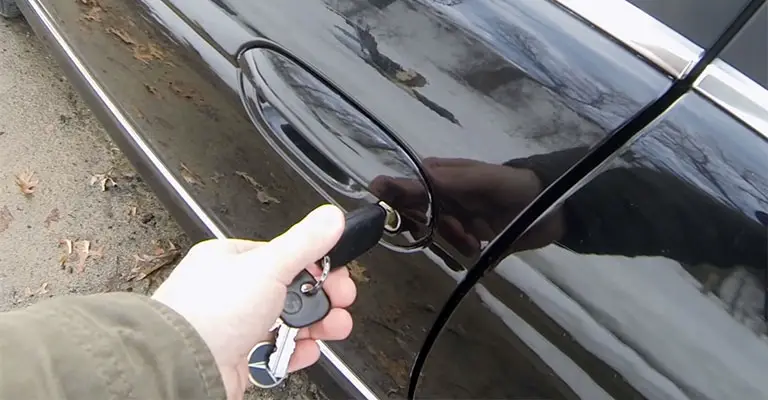
Your car doors are not fully moisture-proof; therefore, extreme cold weather may freeze your door mechanism. As a result, it may stop functioning effectively, especially during winter. It isn’t easy even to turn the key if you try to lock or unlock the door from outside.
Notably, extreme cold weather could also be one reason your car’s battery drains so fast since it prevents the necessary reaction from taking place in the battery. In such a case, a dead or flat battery will likely make your power locks stop working.
What to do When Your Power Door Locks Stop Working?
Here is what you can do if your power door locks stop working. Each of these tips depends on the exact cause of the problem:
Try other doors
If your car’s power locks have stopped working, you should consider trying other doors to test if the problem is across your car’s doors.
Replace the fuse with new ones of the same amperage as the old one
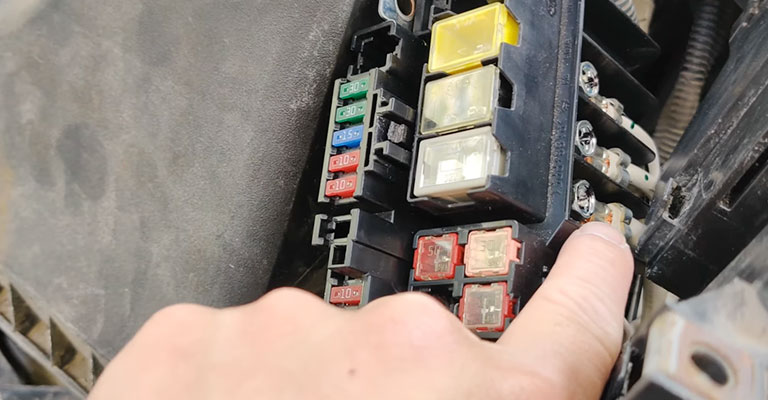
If you notice all the doors aren’t working, the problem could be a blown fuse. One quick and easy solution to this issue is replacing the fuse.
However, if only a single door lock is not working, the problem could be your door switch or sensor. A mechanic can help you replace the lock switch if you lack the skills.
Replace the key fob or its battery
Suppose you notice the problem is on your car fob; you may first replace its battery. Ensure you replace it with the right size.
Now, if replacing the key fob battery doesn’t solve the problem, you consider replacing the key fob itself. You can get one from a dealership after they test if the old fob is sending a signal properly.
Try actuator troubleshooting
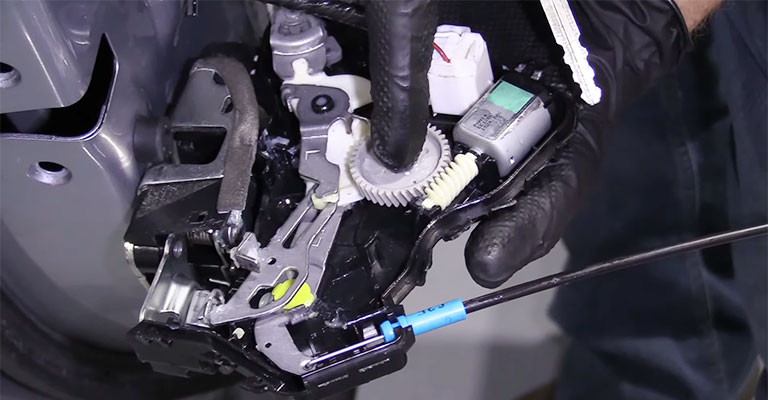
If you notice any faults with your actuator, you may try troubleshooting it. If the problem persists or it’s not solved, you can replace the door lock actuator.
Defrost the lock
As outlined earlier, cold weather may cause the freezing of a car lock. There are several ways to defrost frozen car doors. They include;
- Use a de-icer with a heating element
- Use a hair dryer to defrost the ice
- Use an aerosol de-icer
Note: you shouldn’t use boiling water to defrost your car locks. It may worsen the problem later. Also, extremely hot water may shatter your windshield due to drastic temperature changes.
Book an inspection with a mechanic
If you don’t have the right mechanical knowledge and skills, you should book an appointment with an auto mechanic to inspect your power door lock system and fix it.
Final Thought
You need a properly working power door lock system to enhance your car’s and passenger’s security. Power locks failure is caused by a blown fuse, faulty fobs, faulty actuators, or a wiring problem. These causes can be easily fixed, as outlined above. It entails replacing with new components or troubleshooting those with minimal defects.
Leave a Reply